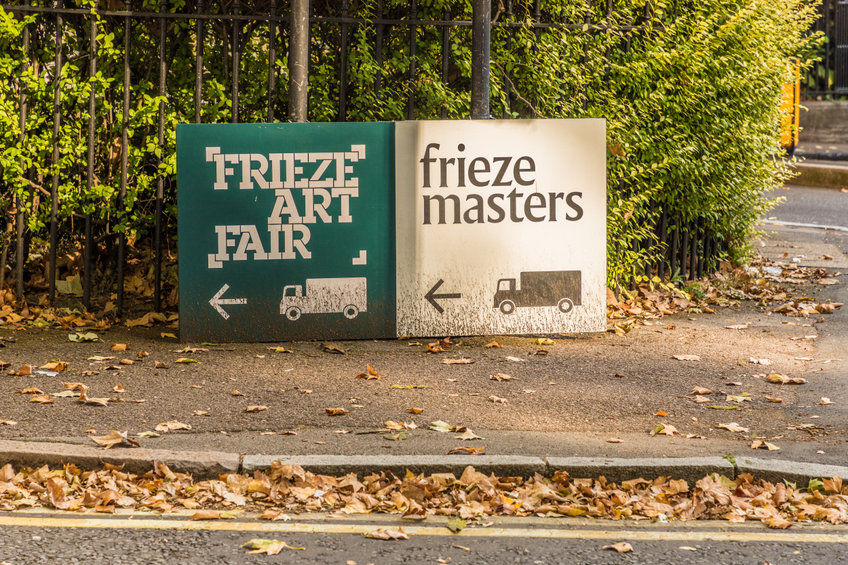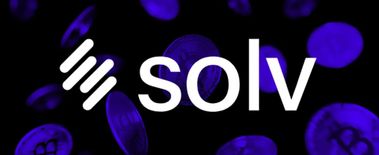The Frieze Art Fair, one of London’s most prestigious art events, helps its first exhibition after Brexit and the onset of the COVID -19 pandemic earlier this month. The event came between two other art fairs, namely Art Basel and Fiac Paris, and it ran from October 13 to 17. However, the fair seems to have sat out the NFT boom.
Reportedly, the fair had very little to do with crypto art, with the dominant pieces being stoic-looking paintings and sculptures, the same kind of artwork that the Frieze Art Fair has exhibited over the years. The hint of NFTs in the entire event was the work of famous British artist Damien Hirst. The fair used large new OLED screens from LG to display Hirst’s art.
However, it is worth noting that Hirst is not the only NFT artist in London, despite being the only artist whose work was displayed at the Frieze Art Fair. Over the years, London has become an NFT hub after attracting a younger group of artists, curators, and advisors. The booming space has attracted artist-celebrities.
Transitioning into a crypto art capital
Pushing London into the NFT space, a/political, an art organization created by Andrei Tretyakov, has been nurturing digital artists to support possibilities within the crypto space. An example is Petr Davydtchenko, a Russian maximalist performance artist that studied at London’s RCA. He became famous for eating a bat and turning the video into an NFT.
Moving on from his bat-eating video, Davydtchenko has released a new NFT series titled Rat Race through OpenSea. Apart from disruptive artists, London has also seen leading auction houses like Sotheby’s, Christie’s, and Phillip’s become prominent names in London’s NFT space.
Christie’s, for instance, teamed up with curator Daria Borisova to facilitate the auction of five works by Nigerian artist Osinachi. Dubbed Different Shades of Water, Osinachi’s collection was inspired by paintings of David Hockney. The five pieces were the first NFTs presented at 1:54, the annual fair that celebrates African art. Their sale ran from October 14 to 17, netting $155,000, inclusive of fees.
The British Museum also dipped its toes in NFTs after selling 200 artworks in the form of digital postcards by Japanese artist Katsushika Hokusai. The 200 pieces were an accompaniment to the artist’s solo show at the museum’s venerate halls. The sale was brokered by LaCollection, a startup focused on authenticating limited digital editions of certified artworks.
The rise of art-tech startups
London is also seeing the rapid growth of art and tech startups, looking to foster the growth of the NFT space. An example is crypto and NFT studio and advisory firm Electric Artefacts. The firm’s founder, Aleksandra Artamonovskaja, believes that the traditional art industry in London is shaky. However, she claims that the COVID-19 pandemic and Brexit have inspired the resurgence of digital art.
According to Artamonovskaja,
The pandemic facilitated the inevitable move towards digital technologies that the art world was reluctant to adapt to for many years.
She also believes that crypto and NFTs can be a positive force. This belief saw her join hands with PETA to drop an NFT collection dubbed Not From the Zoo. This collection featured 8,888 collectibles, and proceeds from its sale went towards helping animals in danger of exploitation.









